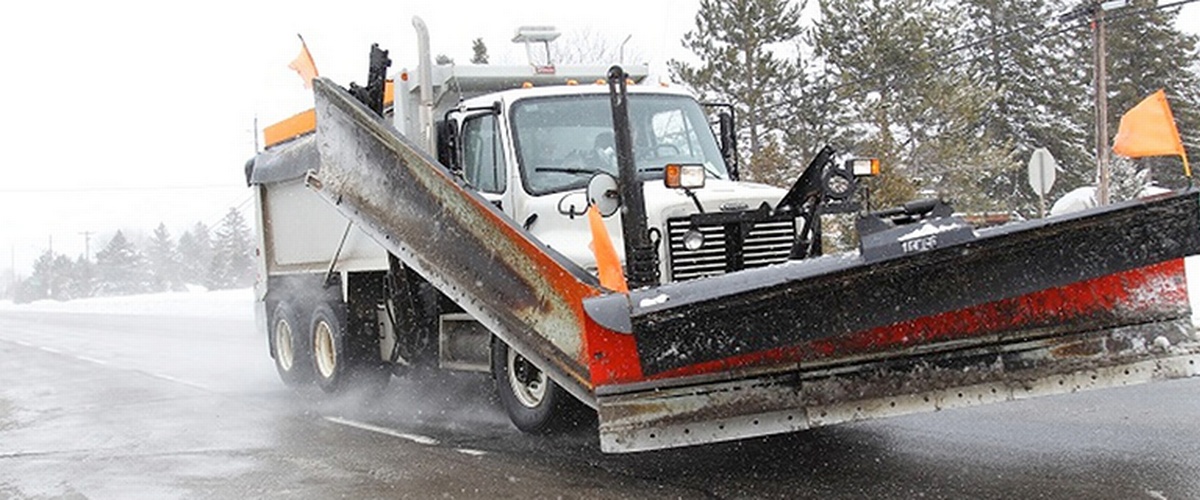Snow Plowing

The City is committed to providing a high level of snow removal service throughout the winter across our City. All crews and equipment are ready for active winter service as of November 1 each year.
Our Service Area
Crews work hard to ensure that the entire 3,700-kilometre municipal road network is clear and passable within 24 hours following the end of a winter storm. We also work to keep over 440 km of sidewalks and approximately 400 bus stops clear.
Plowing Schedule
If your street hasn’t been plowed, please wait 24 hours before calling to ask about plowing. Depending on the severity of the storm and the location of your residence, plows may not reach your street for 24 hours.
Please review the table below for average clearing times for roads, sidewalks and bus stops. Average clearing times depend on a variety of factors, including:
- severe weather conditions
- equipment breakdowns
- parked cars impeding road access
- heavy traffic or accidents
Report Snow Plow Damage
Damage to lawns, driveways or mailboxes is most likely to occur in the early stages of winter before operators have a clearly defined edge to guide their plows along the side of the road. Lawns are also more vulnerable to damage until the ground is frozen.
If you believe your property has been damaged as a result of municipal plowing operations, please contact the City of Greater Sudbury at 311. The City will repair your lawn or driveway in the spring.

